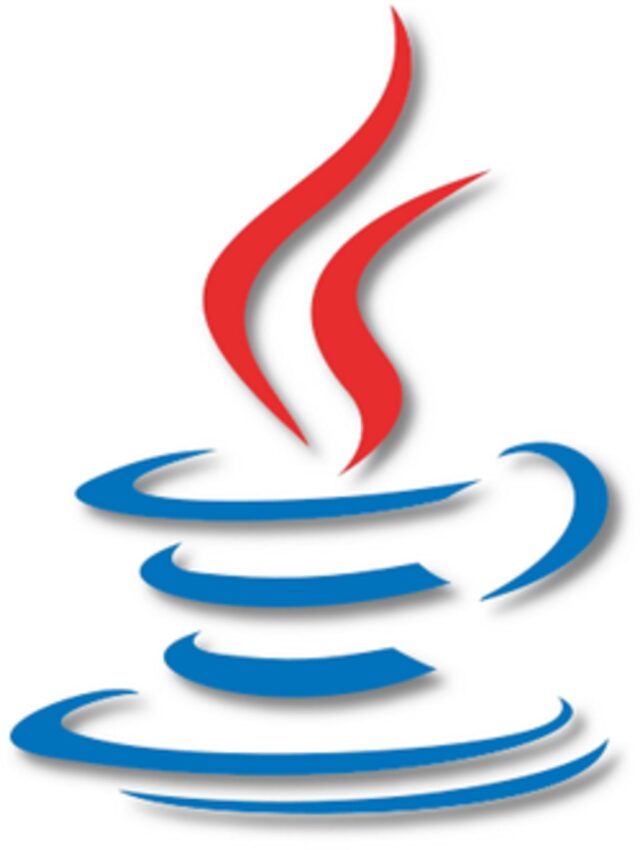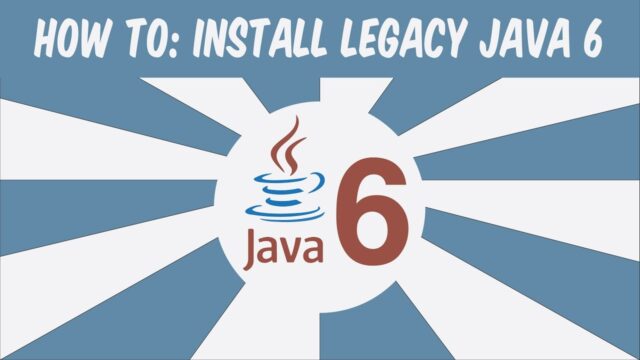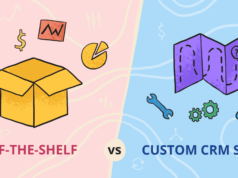
Looking to access applications that require the now-legacy Java SE 6 Runtime, but don’t know how? Look no further! Here we provide an easy-to-follow guide on how you can install the Java SE 6 Runtime and make all of your old applications and websites compatible with your macOS. Let’s get started!
What is Legacy Java SE 6 Runtime?
It refers to the Java SE 6 environment specifically designed for use on Apple Macintosh systems. It enables you to run any applications that were designed for Java SE 6. Legacy Java SE 6 Runtime is recommended for users running the latest versions of macOS, as both versions of macOS and Legacy Java SE 6 Runtime have been optimized for compatibility.
Java SE stands for “Java Standard Edition” and this specific version was first released in 2006. It has been available on Macs since its release up until recently when it was phased out in favor of more modern releases. Since Apple has made some notable changes in recent years, it is necessary to install a legacy environment such as this one if you plan to use older applications which were written with earlier versions of the JDK (Java Development Kit).
Why Install Legacy Java SE 6 Runtime?

Many Mac users have had difficulty finding and installing older versions of Java, particularly Java SE 6. While newer versions of Java are available, some applications require the use of an older version to function correctly. Installing the Legacy Java SE 6 runtime provides a necessary reprieve for users wanting to continue using the outdated version on the macOS platform.
The Legacy version allows developers to utilize software that relies on the old framework without needing to rewrite existing code, thus ensuring compatibility with existing applications and technologies. Other benefits of using this past version include greater stability as well as guaranteed availability as long as Macs are in production.
While newer methods for development and coding practices have flourished since this earlier version’s advent, its prevalence in Apple-developed software products and within organizations across the globe is still evident in many respects. As such, having access to this older iteration of Java will be beneficial until it is no longer required by various means.
Prerequisites for Installing
Before attempting to install legacy Java SE 6 runtime, it is important to meet the following requirements to ensure a successful installation:
– You must have a valid, working internet connection in order to download and install software.
– You must have an Intel processor.
– Your macOS version should be 10.7.3 for Lion or higher,or 10.6.8 for Snow Leopard or higher.
– Make sure you have at least 512 MB of RAM and 500 MB of free disk space before installing legacy Java SE 6 runtime.
– It is also important to note that legacy Java SE 6 runtime will not run on macOS Catalina (10.15) or later versions; only 64-bit OSes are supported by this version of the software, as well as all Mac OS X releases starting with Mac OS X Lion v10.7
Once these requirements have been met,you can proceed with the installation instructions outlined below:
Step-by-step Guide for Installing Legacy Java SE 6 Runtime

For macOS users, it can be installed on their systems using the following steps:
- Go to the Download page for legacy Java SE 6 from Oracle.
- Select and download the latest version with the .dmg extension suitable for macOS.
- Open the downloaded file to launch it and follow the on-screen instructions from Oracle’s website to begin installation.
- During installation, you will be prompted to select whether or not you want to enable JRE 6 installation and associated public updates via the Apple Software Update feature present in Mac OS X systems. It is recommended that you enable this feature as it will keep your JRE up-to-date automatically and assist in protecting your system against malicious software threats.
- Once the installation process is completed, restart your computer so that all changes take effect properly. Your Mac should now have Legacy Java SE 6 Runtime installed on it!
- (Optional). If you wish to uninstall Legacy Java SE 6 after it has been installed, you can use the same installer package used during install time and choose “uninstall” instead of “install”.
Troubleshooting Tips

Successfully installing it on macOS requires completing several steps. To ensure a successful installation, please review the troubleshooting tips below to resolve any issues that may arise.
- Ensure your Mac meets the system requirements:
- macOS 10.9 or later
- Intel-based 64-bit processor
- Download and install the most recent version of Java for Mac from Oracle. Use this version if you are prompted to use an earlier version when trying to use an application or web-based program that requires it.
- If prompted to open a “legacy package installer,” follow on-screen instructions. The “legacy package installer” will enable other applications on your computer that require a specific version of it, such as older games and some Adobe CS5 products (e.g., Photoshop).
- Restart your Mac after double-clicking the Legacy JSE6 item in your Applications folder and agreeing to the required license agreement in order for applications requiring Legacy JSE6 Runtime to be installed properly on your machine.
- If you encounter issues with first time installations, try uninstalling and reinstalling the application again, following all steps outlined above in detail. This should enable successful installations with no further complications or delays to worry about!
Conclusion
The steps outlined above should help you successfully install it on your macOS. Once the installation is complete, you will be able to use any applications that require the Legacy Java SE 6. This may include certain versions of Adobe Creative Cloud apps or certain games. Remember, it is important to update your macOS regularly or manually check for updates as Java is updated regularly with security patches and bug fixes. Finally, after you have finished using an application that requires Legacy Java SE 6, uninstall it to reduce your computer’s security risk.












